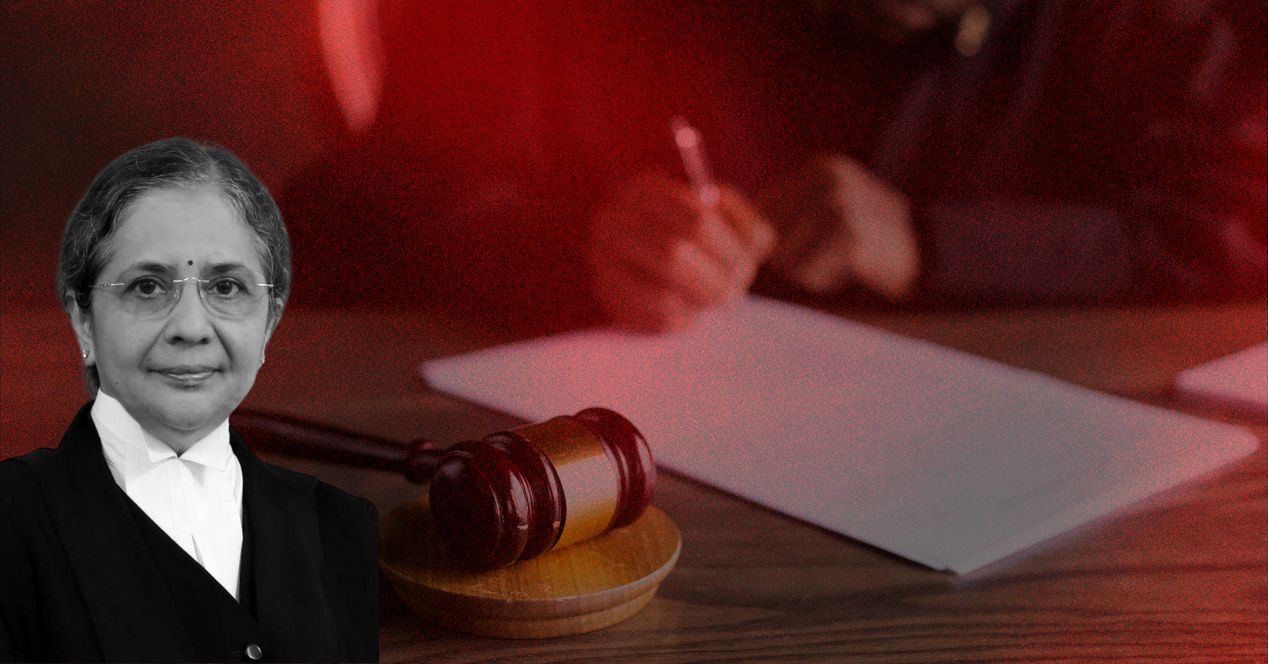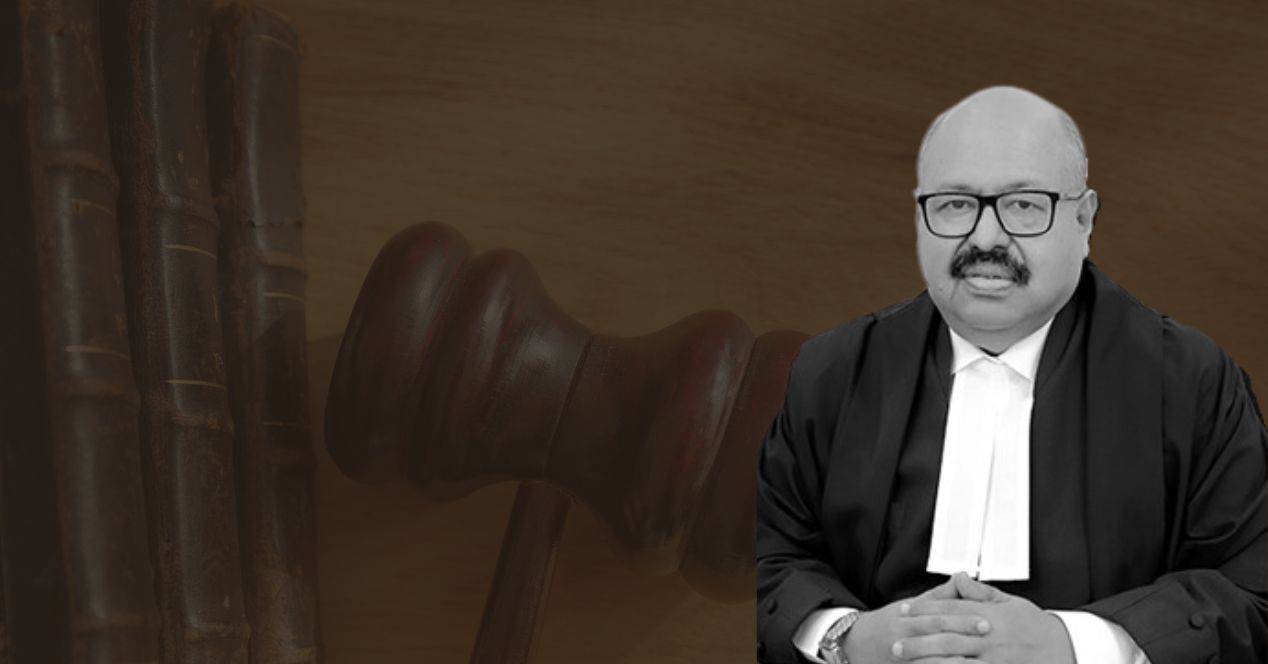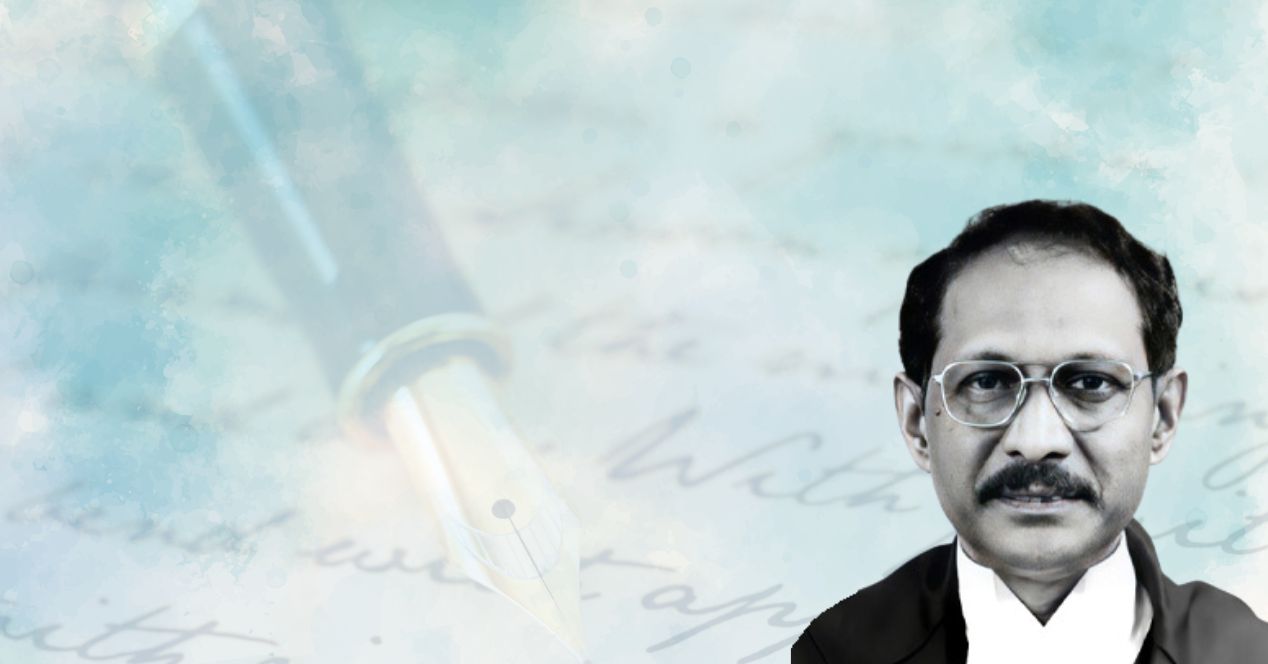Analysis
Justice Sudhanshu Dhulia’s notable judgements
Highlights include a dissent in a long-pending case, a stirring verdict on language recognition and a reiteration of evidence law principles

Justice Sudhanshu Dhulia recently retired from the Supreme Court of India after a tenure of three years and three months. While at the Court, he developed a reputation for authoring judgements that balanced different constitutional provisions while ensuring human dignity.
He was part of 295 benches and authored 145 judgements*. His notable judgments in the Supreme Court span crucial areas including religious freedoms, property rights, language recognition and the protection of individuals from vulnerable communities. They reflect an emphasis on fairness, equity and a recognition of how the law operates in everyday life. Here are five stand-out judgements authored by Justice Dhulia.
A broad reading of the DPSPs
In Property Owners Association v State of Maharashtra (2024), Justice Dhulia agreed with the majority opinion, authored by then Chief Justice D.Y. Chandrachud, on the point of the unamended Article 31C shielding laws made under Article 39(b) and (c). However, he dissented on the meaning of “material resources of the community,” which Article 39(b) says “must be so distributed to subserve the common good.”
While the majority’s view was that the phrase “material resources of the community” was confined to public resources, Justice Dhulia held that it must include private resources as well. He indicated that his view was rooted in the Constitution’s egalitarian design, and recalled that the freedom struggle sought not just political independence but also social and economic justice. In Justice Dhulia’s view, the Directive Principles (especially Articles 38 and 39) are the “heart and soul” of this social justice imperative.
The precedents he relied on to support this expansive reading included Sanjeev Coke Mfg. Co. and the minority in Ranganatha Reddy. He also pointed to earlier land reform and bank nationalisation laws, where the State legitimately acquired private assets for the public good. Inequality, he argued, remains India’s deepest challenge, and an inclusive reading of “material resources” is indispensable for distributive justice. Rejecting critiques of the ‘Krishna Iyer Doctrine’, he endorsed its humanist foundations.
A split verdict in the ‘hijab-in-school’ case
In the split verdict in the Hijab Ban case (2022), Justice Dhulia ruled differently from Justice Hemant Gupta. While Justice Gupta relied on the Essential Religious Practice (ERP) test to conclude that the hijab was not fundamental to Islam, Justice Dhulia found the test irrelevant to the freedom to practise religion under Article 25(1). According to him, an individual need not prove essentiality to claim constitutional protection; matters of faith and conscience are sufficient. Courts, he cautioned, are “not forums to solve theological questions.”
He also departed sharply on the nature of rights in schools. Where Justice Gupta upheld the uniform mandate as a reasonable restriction under Article 19(2) and an equaliser promoting fraternity, Justice Dhulia stressed that students do not shed their dignity or privacy at the school gate. For him, asking a girl to remove her hijab was a violation of Articles 19(1)(a) and 21. He asked whether the enforcement of a dress code was more important than the education of a girl child.
Finally, Justice Dhulia invoked the principle of reasonable accommodation while relying on Bijoe Emmanuel v State of Kerala. For some girls, he noted, the hijab might be “her ticket to education,” the only way conservative families allow schooling. The case was referred to the Chief Justice in view of the split verdict and is pending in the Supreme Court, even as the ban remains operational in Karnataka.
Conserving ‘Ganga-Jamuni’ tehzeeb
In Varshatai v State of Maharashtra (2025), Justice Dhulia, writing on behalf of himself and Justice K.V. Chandran, upheld the use of Urdu alongside Marathi on the signboard of the Municipal Council in Patur. While interpreting the Maharashtra Local Authorities (Official Languages) Act, 2022, he held that while the Act mandates Marathi as the official language, it doesn’t prohibit the use of an additional language such as Urdu. For Justice Dhulia, the core principle was that language is a “tool of communication” and cannot be condemned when it aids communities in expressing and understanding governance.
Justice Dhulia highlighted that both Marathi and Urdu are recognised in the Eighth Schedule, carrying equal constitutional status. He relied on Article 345, which empowers states to adopt “any one or more” languages for official purposes. He stressed that this power is not exhausted after the adoption of a single official language. To reinforce this point, he referred to the five-judge Bench decision in U.P. Hindi Sahitya Sammelan v State of Uttar Pradesh (2014), which upheld the addition of Urdu as a second official language in Uttar Pradesh. He also relied on the fact that multiple states have more than one official language, with Urdu being among them in some cases.
The Judgement also sought to dispel long-standing misconceptions about Urdu. Justice Dhulia asserted firmly that “language is not religion” and cannot be tied to communal identity. He emphasised that Urdu is an Indo-Aryan language born and nurtured in India, a living expression of the ‘ganga-jamuni tehzeeb’ (composite culture). Crucially, Justice Dhulia underscored that Hindi and Urdu are structurally one language, sharing syntax and grammar, differing only in script.
Finally, Justice Dhulia tied his reasoning back to the role of municipal bodies. A Municipal Council, he observed, exists to serve its local community, and if a significant number of residents and councillors are familiar with Urdu, its presence on a signboard alongside Marathi is not only permissible but also desirable for effective governance.
No “washing off” of testimony of related and hostile witnesses
In KP Tamilmaran v State of Karnataka (2025), Justice Dhulia, writing on behalf of himself and Justice P.K. Mishra, dismissed appeals challenging the conviction in the horrific 2003 ‘honour-killing’ of an inter-caste couple, Murugesan and Kannagi. A central feature of Justice Dhulia’s reasoning was his treatment of hostile witnesses. He rejected the argument that their testimony should be discarded wholesale and clarified that the Indian Evidence Act does not employ the term “hostile witness.”
Invoking Section 154 and the authoritative precedent of Sat Paul v Delhi Administration, Justice Dhulia underlined that a witness’s credibility is not “washed off the record altogether” merely because the prosecution cross-examines them. Instead, the court must carefully sift through testimony, relying on parts that are corroborated by independent evidence. He stressed that the doctrine of falsus in uno, falsus in omnibus (false in one, false in all) has no application in Indian criminal law.
Justice Dhulia also addressed the evidentiary worth of related witnesses. He rejected the defence’s suggestion that witnesses were “interested” and unreliable merely because of kinship. Relying on Jaikam Khan v State of Uttar Pradesh, he observed that relatives are often the most natural witnesses in crimes occurring within the family sphere, and their testimonies, if otherwise credible, cannot be discarded. He noted that courts have wide powers to summon any witness necessary for the “just decision of the case.”
Lis pendens overrules all
In Chander Bhan (D) Through LR Sher Singh v Mukhtiar Singh (2024), Justice Dhulia, writing on behalf of himself and Justice P.B. Varale, overturned the Punjab and Haryana High Court’s dismissal of the appellant’s suit for specific performance by applying the doctrine of lis pendens. He clarified that once a suit concerning immovable property is filed, any subsequent alienation of that property is hit by Section 52 of the Transfer of Property Act, 1882, regardless of whether the transferee had actual notice of the proceedings.
Even though the Transfer of Property Act was not applicable in the state of Punjab, subject to exceptions, the Court held that lis pendens is a principle rooted in justice, equity and good conscience, and therefore applicable. Since the release deed (2003) and sale deed (2004) were executed after the appellant’s injunction suit was filed, they were declared void against his rights. The High Court’s emphasis on the timing of the injunction order was rejected as immaterial in view of the prior filing of the suit.
Justice Dhulia further rejected the defence of bona fide purchasers under Section 41 of the Transfer of Property Act, reasoning that once transactions are hit by lis pendens, the plea of good faith purchase cannot survive. He also dismissed the High Court’s reliance on witness testimony about whether the purchasers were informed of the injunction. He reiterated that ignorance of pending litigation is irrelevant to the doctrine’s operation. Additionally, the Court declined the subsequent purchasers’ claim for compensation on account of improvements made to the property, holding that such expenditures confer no legal right.
*Data collected from the Manupatra database on 18 August 2025




